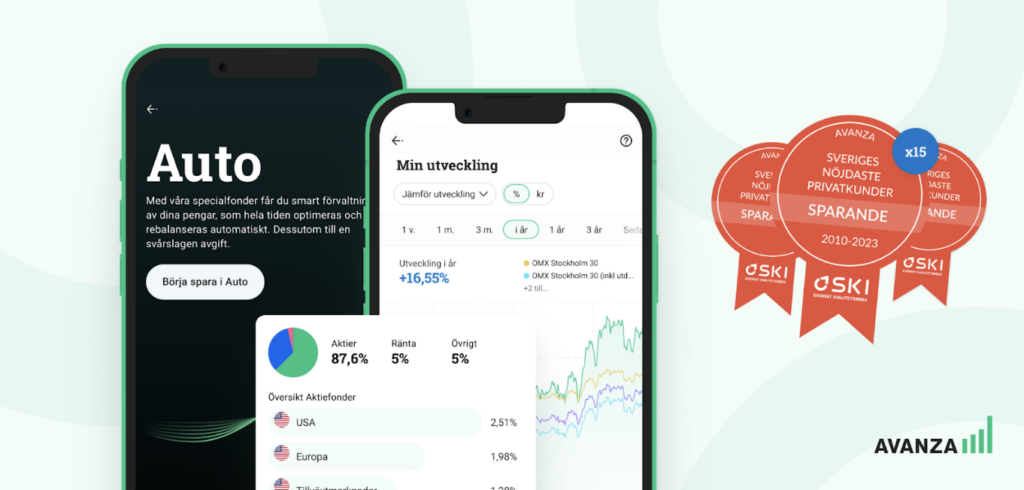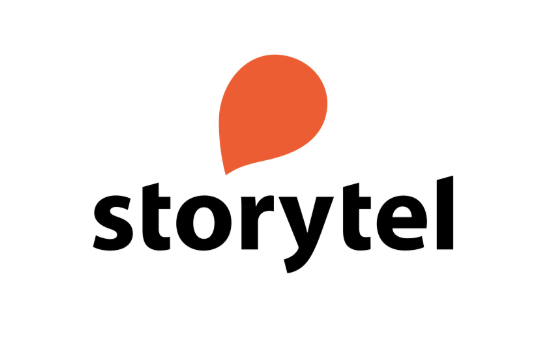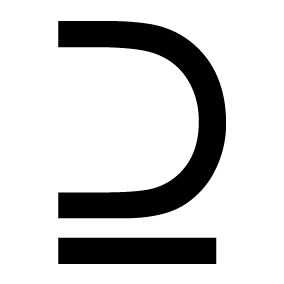
Design at Avanza
The design organisation at Avanza comprises around 30 professionals, including UX designers, UI designers, UX writers, and UX leads. Designers are embedded in cross-functional product teams across five product areas. Each area is supported by a dedicated design manager whose responsibilities include coaching and mentoring designers, ensuring a high-quality customer experience, and collaborating with other area leads to align on strategic priorities.
Design plays an important role in product development at Avanza. Designers are often involved in addressing high-priority, strategic challenges and have a strong voice in shaping the product experience.
The design leadership group includes the Head of Design, Design managers, UX leads, and the Product Manager of the Design System team. This group oversees the design vision, design operations, product consistency, customer experience, and the growth of design competencies.
The design community is structured around several forums, including the UI Forum, UX Forum, and UX Writing Forum. In addition, regular community design meetings bring together all design functions for team-building, knowledge sharing, and discussions around broader design topics.

Design at Storytel
The Design organisation was part of Product & Tech and experienced significant growth, expanding from 10 to approximately 30 designers between 2020 and 2022. The team included product and service designers, a UX writer, and a user researcher. Designers were embedded in cross-functional teams across three main domains, with additional strategic design roles operating at the domain level.
A dedicated design system team ensured product consistency and supported designers across teams with expert guidance on accessibility, coherent UI, and holistic design reviews.
Natasha led the design organisation and oversaw design operations. Some design roles reported directly to her, while product designers reported to the design directors within their respective domains. The design community was active and structured, with several forums focused on specific competencies and areas of interest such as UI design, service design, and user research.
In Talks with Natasha Ehlén

Natasha has experience in shaping design teams in two different organizations—each requiring a unique approach but united by a common goal: raising the maturity of design as a core competency.
By leveraging data, advocating for integration, and maintaining high standards for talent acquisition, Natasha has had a key role in supporting her organizations move toward greater design maturity.
1. Proving the Value of Design
Integrating Service Design in product development
When she was Head of Product Design at Storytel, she successfully embedded service design within the Product & Tech organization, demonstrating its direct impact on business, decision-making, and organizational growth.
“Previously, service designers worked at a separate unit, and few product leads were aware of their work and the potential value they could create in product development. As part of a reorganization process, service designers were moved to Product & Tech and I became their manager. In the coming months, I focused on integrating them in product development, inviting them to initiatives within Product & Tech where I believed they could contribute with their expertise. At first, I had to convince some product leaders to involve service designers into various initiatives. But as time went by, more and more of them experienced the value of working with strategic designers experienced in bringing in the customer perspective and service design expertise got requested more widely.”
Leveraging the Designer-to-Developer Ratio
“When building the product design organization at Storytel, I used the designer-to-developer ratio as a key input to assess and advocate for increased design competence. Industry trends showed that mature product companies were shifting from a 1:10 ratio to around 1:5 or 1:6, reflecting a stronger investment in design.
I made the calculation for our company and could see that the ratio was around 1:10. I could then highlight the need for more designers to enhance our design maturity. While this metric alone doesn’t determine success, it serves as a useful benchmark when viewed in context with other organizational factors. Used strategically, it can support conversations about scaling design teams, improving collaboration, and elevating the role of design within a company.”
2. Recruitment
The Value of a Structured Recruitment Process in Design
One of the key components of talent acquisition within design is a structured recruitment process, where the prospective candidates are assessed from both a professional and a cultural match point of view. The process includes two interview rounds with a focus on different skills, competencies, collaboration and communication. An important step in the process is a creative assignment which is assessed based on design craft, presentation and creativity. All steps of the process have clear criteria, making it easier to compare candidates and ensuring a fair process. Besides, all candidates undergo logic and personality testing. I believe that the rigorous recruitment process has helped our company bring in the best design talent while ensuring that the individuals will fit into the organisation and its culture.
“At Avanza, which has a high design maturity, a structured recruitment process is key to acquiring top design talent. Our approach ensures candidates are evaluated holistically—both professionally and culturally—to build a strong, collaborative team.”

